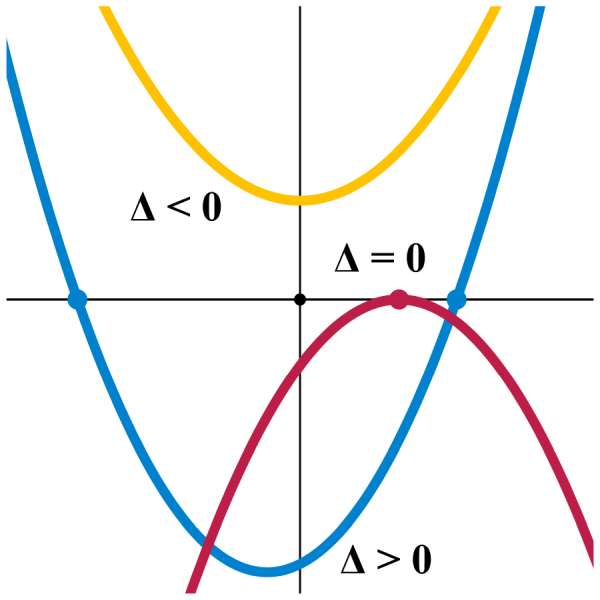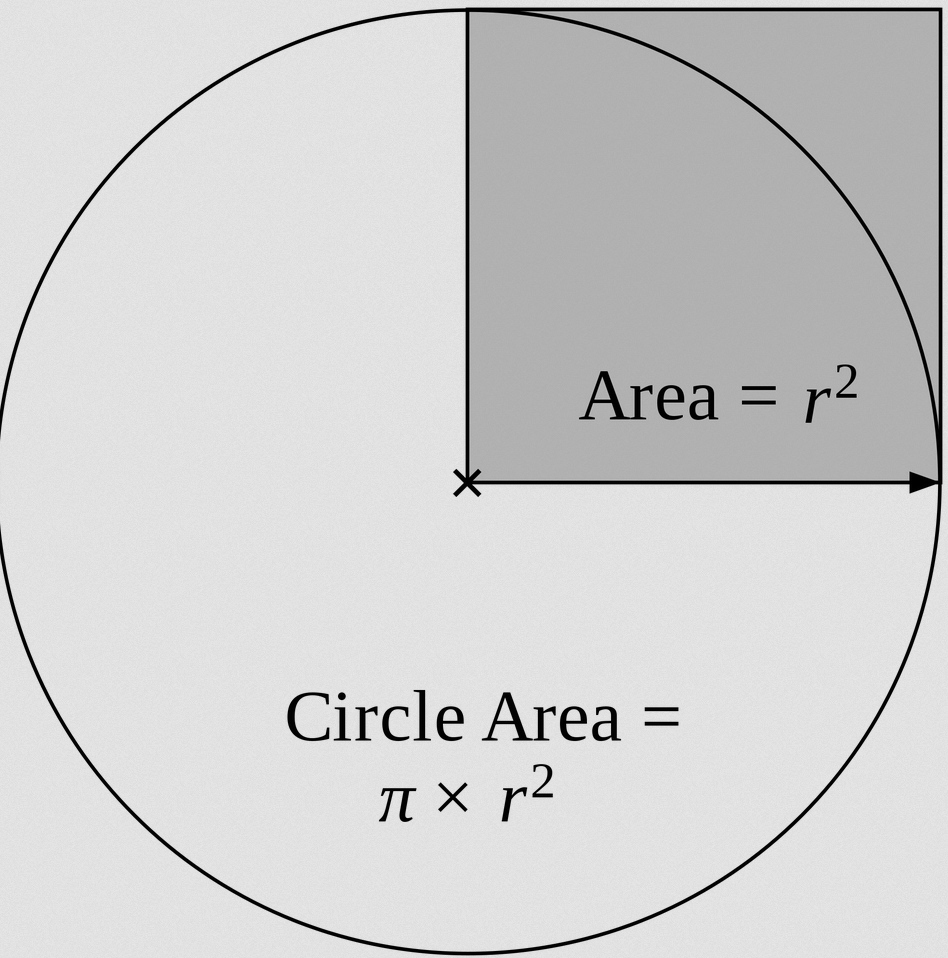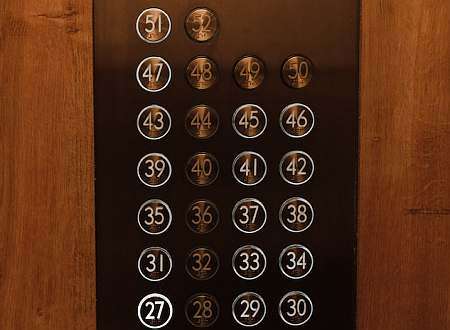Perimeter of a Square
Instructions: Use this tool to calculate the perimeter of a square with a given side, showing all the steps. Please type the side of the square in the box below.
Perimeter of a Square
With this calculator you will be able to simply calculate the perimeter of a square based on a given side. The side needs to be a numerical value or a valid numerical expression.
If the side provided is not a simple number and can be simplified, the calculator will first simplify before actually computing the perimeter.
What is the Perimeter of a Square?
The perimeter of a square is defined as the total length of all its sides. Since all sides of a square are equal, the perimeter can be calculated by adding the lengths of all four sides, or equivalently, by multiplying the length of one side \(s\) by four.
Perimeter of a Square Formula
Based on what we said in the previous section, the formula for the perimeter of a square is quite simple:
\[ P = 4s \]where \( P \) is the perimeter, and \( s \) is the common side length of the square.
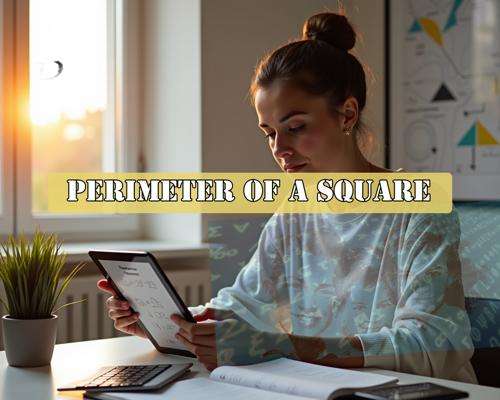
How to Calculate the Perimeter of a Square?
Sometimes not only the side is used to find the perimeter. There are several situations in which you would calculate the perimeter of a square:
- Using the side length
- Using the diagonal
- Using the area
Perimeter of a Square Using Side Length
To find the perimeter using the side length:
- This is the most common case. You know the side \(s\):
- Multiply this length \(s\) by 4 to find the perimeter.
Example: If we know the side length to be 5 cm:
\[ P = 4 \times 5 = 20 \text{ cm} \]Perimeter of a Square Using Diagonal
If you know the diagonal of the square, you can find the perimeter with:
\[ P = 2 \sqrt{2} \times d \]where \( d \) is the diagonal length. This is because the diagonal is known to be \(d = s\sqrt 2\).
Example: Suppose that the diagonal of a square is 8 cm:
\[ P = 2 \sqrt{2} \times 8 \approx 22.63 \text{ cm} \]Perimeter of a Square Using Area
Given the area of a square, you can find the side length and then the perimeter:
- First, find the side length by taking the square root of the area.
- Then, multiply the side length \(s\) by 4 to get the perimeter.
Example: Assume the area of a square is 36 cm2:
\[ s = \sqrt{36} = 6 \text{ cm} \] \[ \Rightarrow P = 4 \times 6 = 24 \text{ cm} \]Examples of Perimeter Calculation for Squares
Here are some practical examples:
- A square with a side length of 10 cm has a perimeter of: \[ P = 4 \times 10 = 40 \text{ cm} \]
- A square with an area of 144 cm2 has a side length of: \[ s = \sqrt{144} = 12 \text{ cm} \] \[ P = 4 \times 12 = 48 \text{ cm} \]
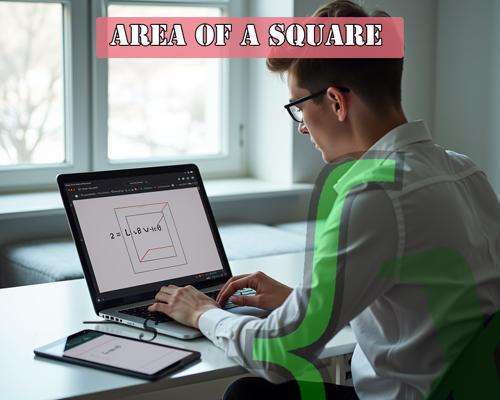
Common Type of Questions About the Perimeter of Square
What is the Perimeter of a Square whose Side is 5 cm?
The perimeter of a square with a side length of 5 cm is:
\[ P = 4 \times 5 = 20 \text{ cm} \]What is the Perimeter of an 8x8 Square?
An 8x8 square has a side length of 8 cm, therefore its perimeter is:
\[ P = 4 \times 8 = 32 \text{ cm} \]How to Find the Side Length of a Square When the Perimeter is Given?
To find the side length when the perimeter is known:
- You simply divide the perimeter by 4.
Example: If the perimeter is 40 cm:
\[ s = \frac{40}{4} = 10 \text{ cm} \]What is the Unit of Perimeter of Square?
The unit in which the perimeter of a square is measured is the same as the unit of its side length \(s\). If the side length is in centimeters, the perimeter will be in centimeters, etc.
Explore More Geometry Calculators
Understanding the perimeter of a square can lead to exploring other shapes and their properties. For instance, if you're interested in rectangles, you might find it useful to calculate the perimeter of a rectangle, which shares similarities with a square but allows for different side lengths. Additionally, if you're delving into the area as well, the area of a rectangle calculator can provide insights into how the dimensions affect the space inside the shape.
Another interesting aspect of geometry involves triangles. Calculating the perimeter of a triangle can be quite different due to the variety of triangle types, each with its own set of rules for perimeter calculation. This can be particularly useful if you're working with irregular shapes or need to understand the relationship between sides in different geometric configurations.


